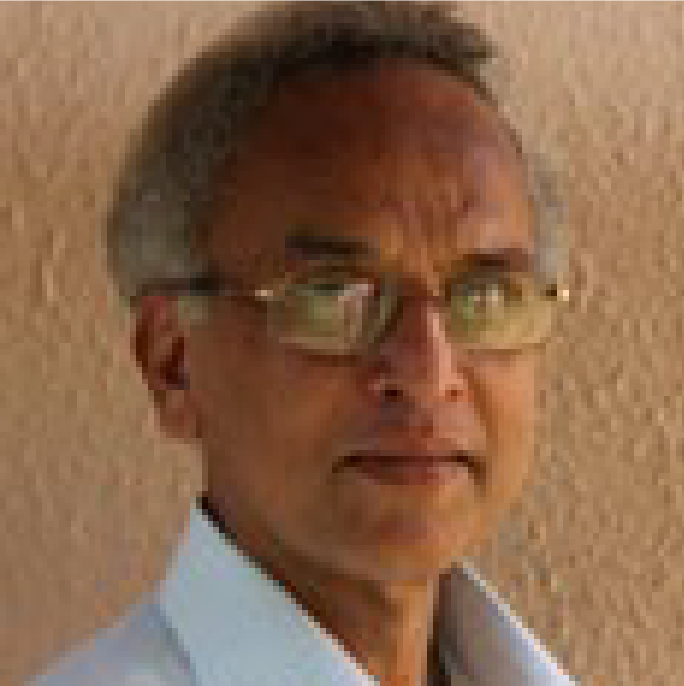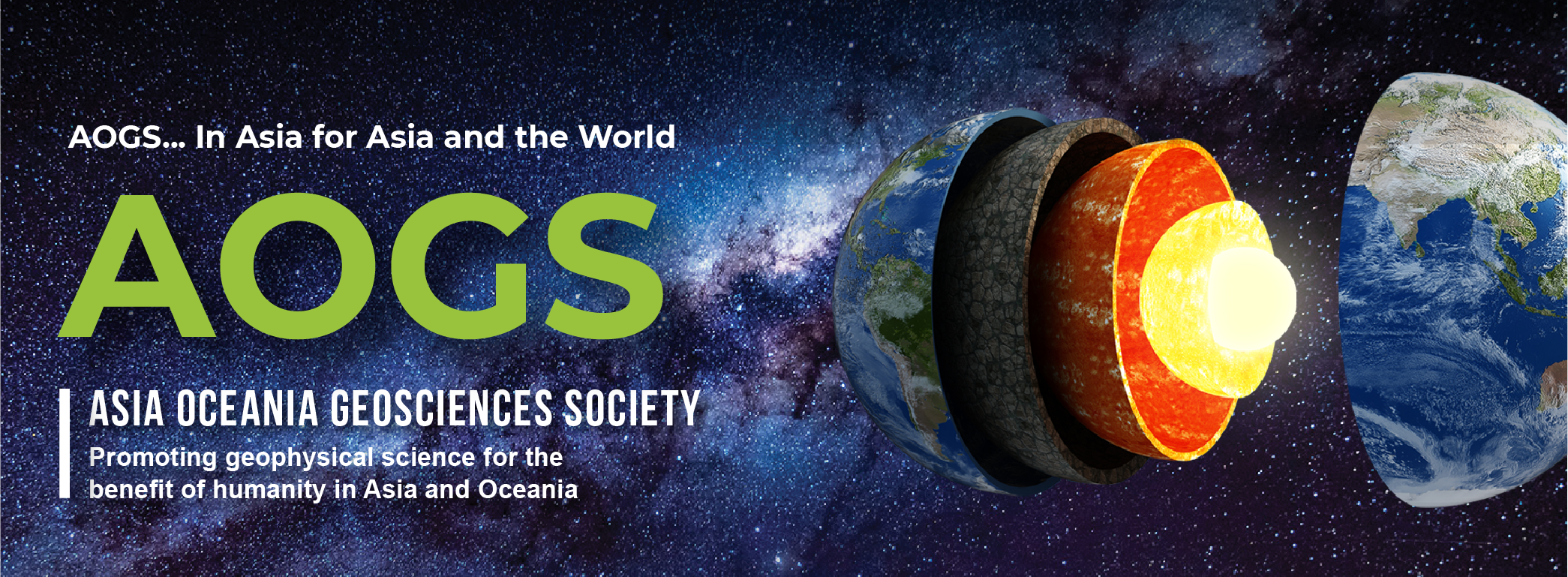
AOGS Axford Medal Award Recipient

2013 - 2014
Professor Jitendra Nath Goswami
Physical Research Laboratory (PRL)
The Asia and Oceania Geosciences Society (AOGS) is honoured to present the 2014 Axford Medal to Professor Jitendra Nath Goswami for his significant contributions towards understanding the origin and early evolution of the solar system, his leading role in planning and execution of planetary science and exploration program and efforts towards fostering international scientific cooperation.
Prof. Goswami identified and analysed isotope records in some of the first solids to form in the solar system that provided evidence for a very short time scale of less than a million year for the collapse of the proto-solar cloud to form the proto-Sun and some of the first solar system solids. This strengthened the proposal of a triggered origin of the solar system with the shock front from an explosive death of a star acting as the trigger. His research also led to identification of 26Al as the heat source for early melting of planetesimals in the solar system, a long-sought answer that eluded planetary scientists for several decades.
Prof. Goswami started his research career by studying energetic solar particle records in lunar samples and meteorite to probe past solar activity and pursued collaborative experiments that provided evidence for an extremely active early sun. He got involved in planetary exploration programme following the formulation of the Indian moon mission, Chandrayaan-1. His decade long effort has led to a vibrant Indian planetary science and exploration program. As the Principal Scientist, he successfully guided the Chandrayaan-1 mission having strong international participation; the mission led to several exciting new results including the first detection of water on moon. He is also involved in the Indian Mars Mission and upcoming Chandrayaan-2 mission.
Multi-disciplinary approach is a strong essence of research pursued by Prof. Goswami, who had a background in nuclear physics and cosmic rays. He participated in an Indian experiment in Space Shuttle to probe origin of anomalous cosmic rays, developed mass spectrometry methods to study isotope records in solar system objects and led India's planetary exploration program. He also filled a major gap in Indian geology by developing methods to date zircons using a small geometry ion microprobe, not attempted before, and collaborated with geologists to establish the ages of stabilization of the four major Archean cratons in the Indian shield.
Prof. Goswami is a fellow of all the three Indian science academies (IASc, NASI, INSA) and also of Academy of Sciences of Developing Countries (TWAS), European Association of Geochemistry, and Geochemical Society (USA). He is also a member of the International Academy of Astronautics and an Honorary Fellow, Royal Astronomical Society, London. He served as a member, Advisory Board of "Earth and Planetary Science Letters" and currently an Associate Editor of "Geochimica Cosmochimica Acta". He is a Member of the Scientific Advisory Committee, COSPAR (International Committee on Space Research) and Chairman, Committee on Space Sciences, IIA (International Academy of Astronautics). Prof. Goswami gave plenary lectures in many international forum including AOGS, where he gave a Distinguished Lecture on "Chandrayaan-1: India's Planetary mission to moon" in 2009, and at the Axford Symposium in 2010, on "Prof. Ian Axford and Planetary Exploration".
